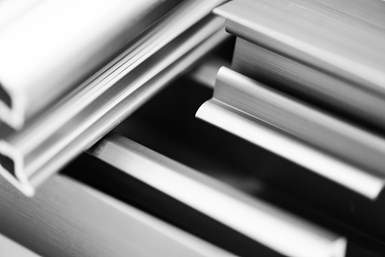FGIA Updates Anodizing Specification
AAMA 611, Voluntary Specification for Anodized Architectural Aluminum, covers anodized finishes produced in bath or continuous coil. It was last updated in 2014.
The Fenestration and Glazing Industry Alliance (FGIA) has released an updated specification describing test procedures and requirements for architectural quality aluminum oxide coatings applied to aluminum extrusions and panels for architectural products. AAMA 611, Voluntary Specification for Anodized Architectural Aluminum, an FGIA document, is now available for purchase. This document, which covers anodized finishes produced in bath or continuous coil, was last updated in 2014.
“The anodic coatings and voluntary specification of anodized architectural aluminum is used by architects to determine the use of these specifications to specific projects. In updating this FGIA specification, there was a lot of focus to update the abrasion resistance and corrosion resistance specification from the previous version. This update follows some of the previous updates to the other coatings for aluminum substrates, such as AAMA 2603, 2604 and 2605,” says Carl Troiano, chair of the FGIA AMC Finishes Committee.
This guideline will reportedly permit the architect, owner and contractor to specify and obtain anodized aluminum finishes which will provide, with periodic maintenance, a superior level of performance in terms of film integrity, exterior weatherability and general appearance.
AAMA 611, as well as other AAMA documents available from FGIA, can be purchased from the online store, and members receive a discounted rate.
Related Content
-
10 Anodizing Best Practices
Following this list of guidelines can help to increase the performance, cost effectiveness and quality for your anodizing operation.
-
A Smooth Transition from One Anodizing Process to Another
Knowing when to switch from chromic acid anodizing to thin film sulfuric acid anodizing is important. Learn about why the change should be considered and the challenges in doing so.
-
Anodizing for Bonding Applications in Aerospace
Anodizing for pre-prep bonding bridges the gap between metallic and composite worlds, as it provides a superior surface in many applications on aluminum components for bonding to these composites.













.jpg;maxWidth=300;quality=90)
